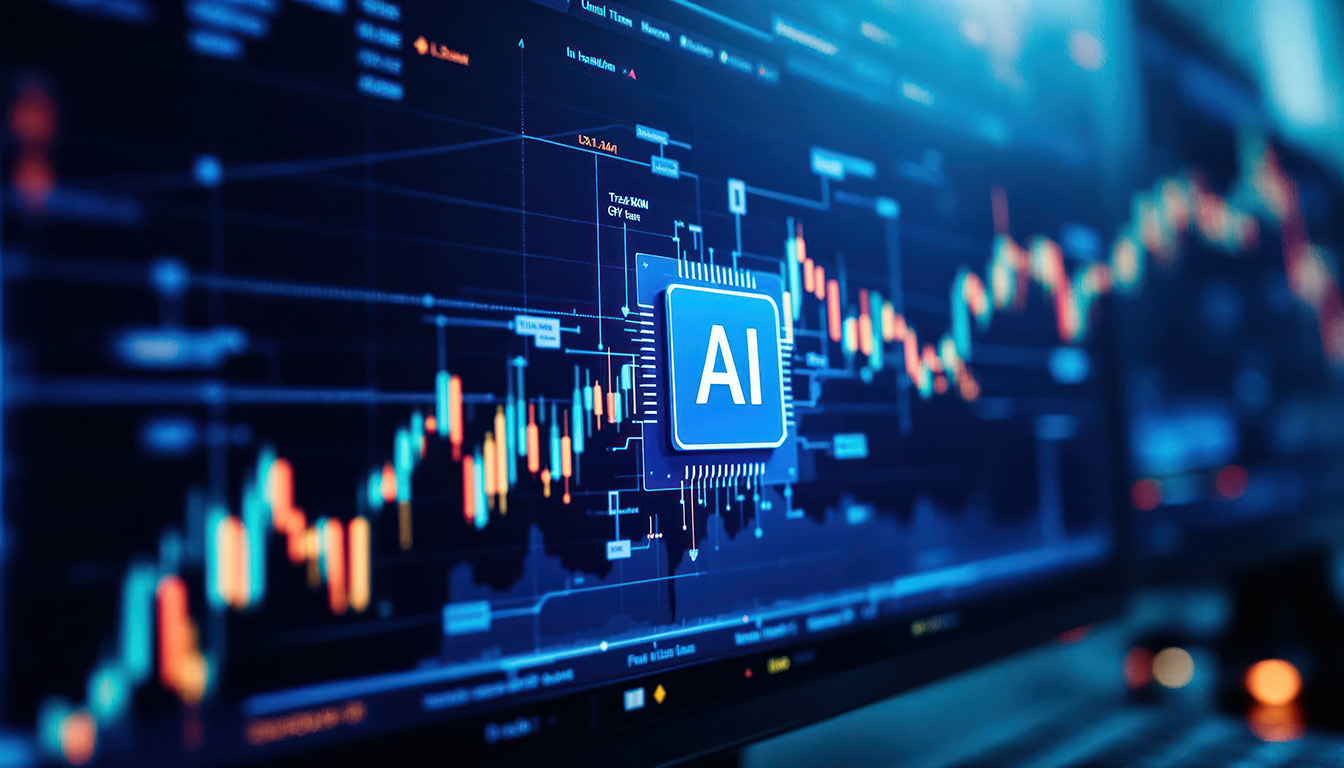Investing Under the Sun: Q2 Quarterly Commentary
With Generative AI as a significant stock price driver over the last quarter, I thought I’d ask ChatGPT to help me get started with this month’s commentary

Well, on that note, let’s dive in!
The Stock Market:
The MSCI ACWI Net Total Return Index was up by 6.18% during the second quarter and 13.93% year-to-date.
The largest names in the index saw explosive price increases as expectations soar around the transformative nature of generative AI. Generative AI (GenAI) refers to a branch of artificial intelligence (AI) that focuses on creating new and original content rather than solely analyzing or replicating existing data.
Technology like OpenAI, ChatGPT, Google's Bard, and others have burst onto the scene in a way that ignites the imagination about what technology is capable of accomplishing. With our mission of Bringing Together Money and Meaning, we recognize that this technology must be deployed responsibly and carries great risks; however, for purposes of this commentary, we view it through the lens of increased economic productivity.
From an economic perspective, the promise of any new technology is a boost to productivity. The simplest way to think about the economy is that growth occurs when there are more workers (labor), more machines (capital), or improved technology (e.g., better trained workers and/or better machines). Productivity, or the ability for the same number of workers to produce more, is what drives economic growth. GenAI may be able to improve productivity dramatically, and the market returns this quarter reflect that hope. GenAI is already being put to work across industries, saving time in areas like research, marketing, coding, and much more.
From a market perspective, enthusiasm for GenAI has boosted tech-related sectors. The S&P 500 Information Technology Sector Index climbed 42.77% during the first half of the year. Macroeconomic factors such as the Fed interest rate pause, inflation lowering, and steady economic growth have boosted this sector as well.
Anytime that the technology sector returns boom, the index returns need to be considered with a caveat. The concentration of these large technology stocks at the top of the Index means the Index can imply returns that are less reflective of most of the market.
The popular S&P 500 index, which weights company returns by the company’s market size, returned 16.89% year-to-date. The S&P 500 Ex-Information Technology Index, which excludes the Technology sector, returned 8.56%.

The large gap between these two index returns draws our attention to just how impactful technology has been to our perception of the market over the last 6 months. Technology returns have more than offset the poor performances of sectors such as energy and financials and have overshadowed many concerns in the banking and commercial real estate industries.
We are always happy to get market lift, but we warn that the index does not necessarily reflect the general condition of all of its components or the overall market in general. Meaningful stress remains, and while we enjoy the upside technology is providing, we continue the view that significant headwinds remain.
Bond Market:
At its June meeting, the Fed decided to pause rate increases after more than a year of rapid monetary policy tightening. Since March of 2022, the Fed has raised rates 10 times from zero to 5%, making this the second-fastest rate hike cycle in history. This is widely regarded as a "hawkish pause" since policymakers have penciled in two additional rate hikes later this year.
Perhaps the simplest way to understand the Fed's latest move is that it is consistent with a slower pace of rate hikes. Since last December, the Fed has steadily decreased the size of each rate hike from 75 basis points (i.e., 0.75%), to 50 bps, to 25 bps, and now possibly to 25 bps every other meeting. At his latest press conference, Fed Chair Powell even inadvertently referred to the June decision as a "skip," which implies they could raise again in July.
June’s Consumer Price Index shows that overall inflation has decelerated to 3% on a on a year-over-year basis, a significant improvement from the 9.1% pace experienced a year ago. We continue to expect this number to come down as high numbers roll off the back end, and hopefully, add lower numbers on the front end of this year-over-year percentage rate. Keep in mind, the Fed targets a healthy economy with a 2% inflation rate.
Why might the Fed keep rates high if inflation is already improving? From an economic perspective, inflation that is "sticky" or that threatens an inflationary spiral - i.e., higher prices result in higher wages, which in turn result in more spending and even higher prices - is the real risk. Since this depends on the behavior and activities of businesses and consumers, it will take time to improve.
Within this environment, the Bloomberg Global Aggregate Total Return Index returned -1.53% in the second quarter and 1.43% through the first two quarters of the year. While it has been painful to get to this stage, we continue to believe that the higher interest rates are making bonds, with their lower risk profile, a more attractive opportunity than they were in the last few years.
With every quarter that passes we feel less uncertainty about how our economy will move through this volatile part of the economic cycle. We continue to keep our eyes on the future, enjoying the upward swing we have experienced so far this year. Even so, we remain mindful of the headwinds that remain over the coming year. On that note, shall we let ChatGPT finish us off this quarter?

For disclosures, please click here.



